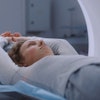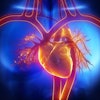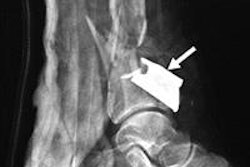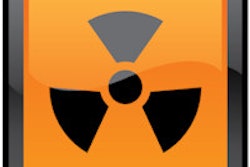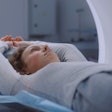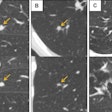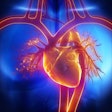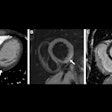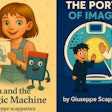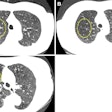Dear CT Insider,
The more things change, the more they really don't -- at least not in Egypt, where coronary artery disease has burdened the population for more than 4,000 years. An intriguing new study compared CT scans of modern Egyptians to those of mummies and came to some rather surprising findings.
Among them: Atherosclerosis develops in precisely the same ways now as it did in the time of the pharaohs -- right down to the anatomic regions at risk. Look for the rest of the details from past to present in this issue's Insider Exclusive, brought to you as a subscriber before our other members can get their hands on it.
Over in the lung department, a major new study has found that lung cancer screening might be a lot easier on participants than previously thought. Investigators from Brown University in Rhode Island found that lung cancer screening patients weren't the least bit worried about false positives -- even when they had to wait months to find out their true cancer status.
What was it that left lung cancer screening patients so blissfully unconcerned about their positive findings? And what do the findings portend for lung cancer screening programs? Find out by clicking here.
Of course, lung cancer screening could still improve by a mile, and a university in New York has started using an automated algorithm to speed up the time-consuming task of nodule matching in serial scans performed to find out whether nodules have grown, shrunk, or stayed the same. See how the automated technique is saving precious time for the radiologists here.
When terrorists' bombs tore through the Boston Marathon a little over a year ago, CT played a starring role in diagnosing the injuries. In fact, imaging led the rest of the healthcare enterprise in sorting things out in the terrible hours after the attack.
Learn about the imaging features investigators saw, and the ways in which radiology changed how it handles large inflows of trauma patients, including cutting CT completion times in half.
CT has been a boon to radiologists in part because it provides so much information. But that complexity can also be the modality's downfall, as radiologists learn that massive volumes of CT data can provide endless fodder for malpractice suits alleging carelessly missed findings as far as the eye can (barely) see.
But radiologists aren't helpless in their battle to fend off would-be sharks and litigators, according to a new article by Associate Editor Kate Madden Yee. There are clear preventive steps to take, and you'll find them all here.
We invite you to scroll through the stories below for the rest of the news in radiology's superstar modality -- all right here in your CT Digital Community.
